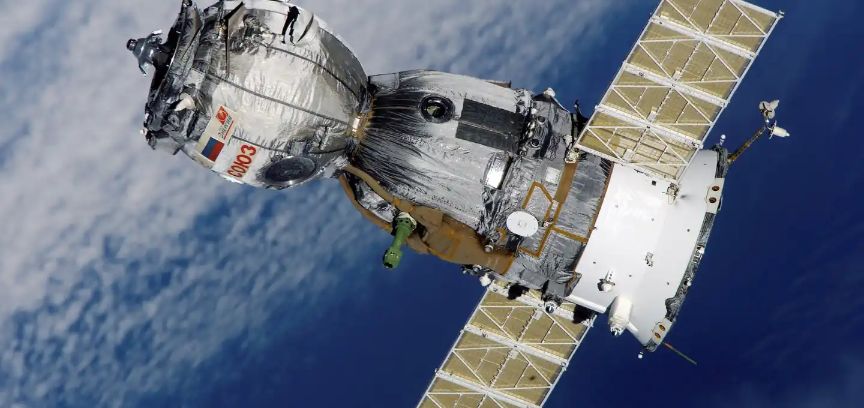Satellites and Earth Observation: Monitoring Our Planet
3 min read
11 May 2024
In an age of unprecedented technological advancements, satellites have become indispensable tools for monitoring and understanding our planet. Earth observation satellites orbiting high above provide invaluable data and imagery that support a wide range of applications, from weather forecasting and disaster management to environmental conservation and urban planning. In this article, we'll delve into the world of Earth observation satellites, exploring their role, applications, and the critical data they provide.
The Role of Earth Observation Satellites
Earth observation satellites, often referred to as remote sensing satellites, are specialized spacecraft designed to observe and collect data about the Earth's surface, atmosphere, and oceans from space. They serve as our eyes in the sky, continuously monitoring changes and providing critical information to scientists, policymakers, and industries.

Weather Forecasting: Earth observation satellites provide real-time data on atmospheric conditions, helping meteorologists track weather patterns, predict storms, and issue warnings. This information is essential for disaster preparedness and management.Environmental Monitoring: Satellites monitor the health of our planet, tracking deforestation, desertification, changes in sea levels, and the melting of polar ice caps. They also help identify and address environmental issues such as air and water pollution.
Agriculture: Farmers use satellite data to assess crop health, optimize irrigation, and predict yields. This information contributes to efficient and sustainable agricultural practices.Disaster Management: Earthquakes, floods, wildfires, and other natural disasters can be monitored and assessed using satellite imagery. This data aids in disaster response and recovery efforts.
Urban Planning: Urban planners and city officials use satellite imagery to analyze land use, monitor infrastructure, and address issues related to urban sprawl and congestion.Climate Change Research: Satellites provide critical data for studying climate change by tracking temperature variations, carbon dioxide levels, and sea ice extent. This information is vital for understanding and mitigating the impacts of global warming.
Sustainability: Managing the increasing number of satellites and orbital debris in Earth's orbit is essential to prevent collisions and ensure the long-term sustainability of space-based observation.Technological Advancements: Ongoing advancements in satellite technology, including miniaturization, improved sensors, and increased data transmission capabilities, will enhance the quality and quantity of data collected.
Expanding Applications: As our understanding of Earth and space deepens, new applications for Earth observation data will continue to emerge, driving innovation and addressing global challenges.
Earth observation satellites have transformed our ability to monitor and protect our planet. They provide the critical data needed to address climate change, manage natural disasters, and make informed decisions about the environment and resources. As technology continues to advance, the potential for satellites to revolutionize our understanding of Earth's complex systems and address global challenges is boundless. In a rapidly changing world, these satellites serve as our eyes in the sky, helping us safeguard our planet for future generations.



